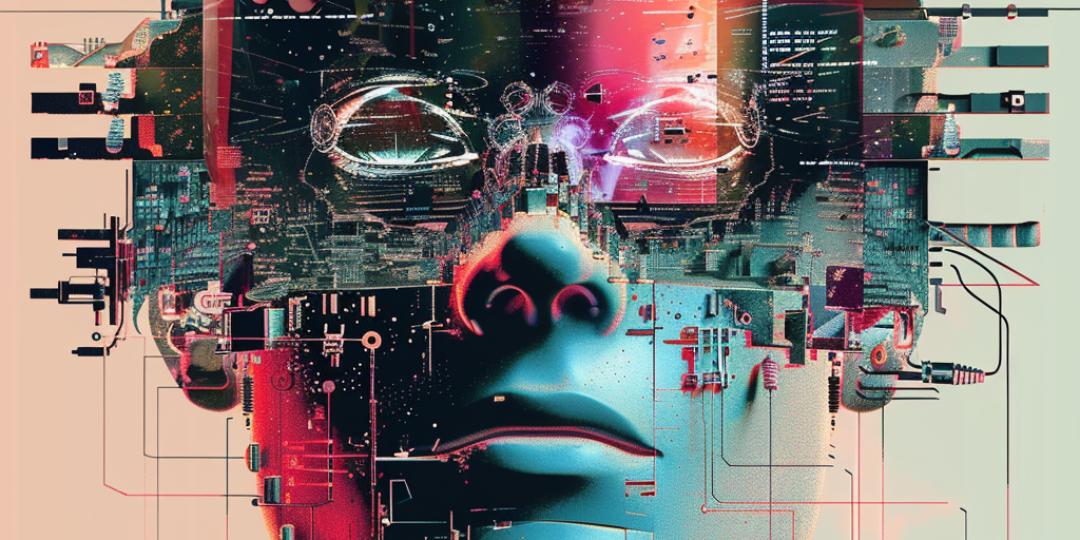Artificial intelligence (AI) has emerged as a powerful ally in the fight against misinformation, employing sophisticated algorithms and machine learning techniques to ensure the integrity of the information disseminated to the public. Dive into this article that showcases how AI can be a force for truth in our increasingly digital world.
Examining how AI algorithms detect and combat misinformation
AI's capability to detect and combat misinformation is rooted in its ability to process and analyse vast amounts of data at speeds and accuracies that humans cannot match. AI algorithms are trained to identify patterns of falsehoods and inconsistencies in data by comparing new information against trusted sources and large databases of factual content. These algorithms utilise natural language processing (NLP) to parse text for claims and statements that could be potentially misleading or false.
Companies like NewsGPT are at the forefront of deploying these AI technologies. By employing large language models (LLMs) that have been trained on diverse and extensive datasets, NewsGPT ensures that the articles generated are not only rich in information but also meticulously checked for accuracy. This dual focus on speed and reliability makes AI an indispensable tool in the modern newsroom, significantly enhancing the capacity to deliver truthful content.
Exploring how AI analyses and predicts misinformation patterns
Beyond detecting individual instances of misinformation, AI is also incredibly adept at analysing trends and predicting misinformation patterns. Through machine learning, AI systems can observe how certain misinformation campaigns evolve and proliferate, identifying common characteristics and tactics used by spreaders of falsehoods. This predictive capability enables pre-emptive action to prevent the spread of misinformation before it becomes widespread.
Investigating how AI and human fact-checkers work together to combat misinformation
While AI significantly enhances the ability to identify and predict misinformation, human oversight remains crucial. The synergy between AI and human fact-checkers is essential for a comprehensive approach to combating misinformation. AI can sift through data, flag potential misinformation, and suggest real-time corrections, but human fact-checkers provide the necessary contextual understanding and judgment to evaluate the nuances of information that AI might miss.
At NewsGPT, AI-generated content undergoes rigorous scrutiny by human editors to ensure every piece of news meets high standards of accuracy and objectivity. This collaboration allows NewsGPT to maintain a credible news platform that not only delivers fast and reliable news but also safeguards against the subtleties of misinformation that might elude automated systems. The company's model demonstrates how integrating AI with human expertise can create a robust defense against the spread of false information.
The integration of AI into the fight against misinformation represents a significant advancement in maintaining the integrity of information in the digital age. With AI's ability to detect, analyse, and predict misinformation, platforms like NewsGPT are setting new standards for accuracy and trust in news media. As AI technologies continue to evolve, their role in combating misinformation will undoubtedly expand, offering more sophisticated tools to ensure that the public remains informed with factual, unbiased information. In this ongoing battle for truth, AI is not just a tool; it is becoming a cornerstone of how media outlets can uphold their duty to deliver truth to the public.















